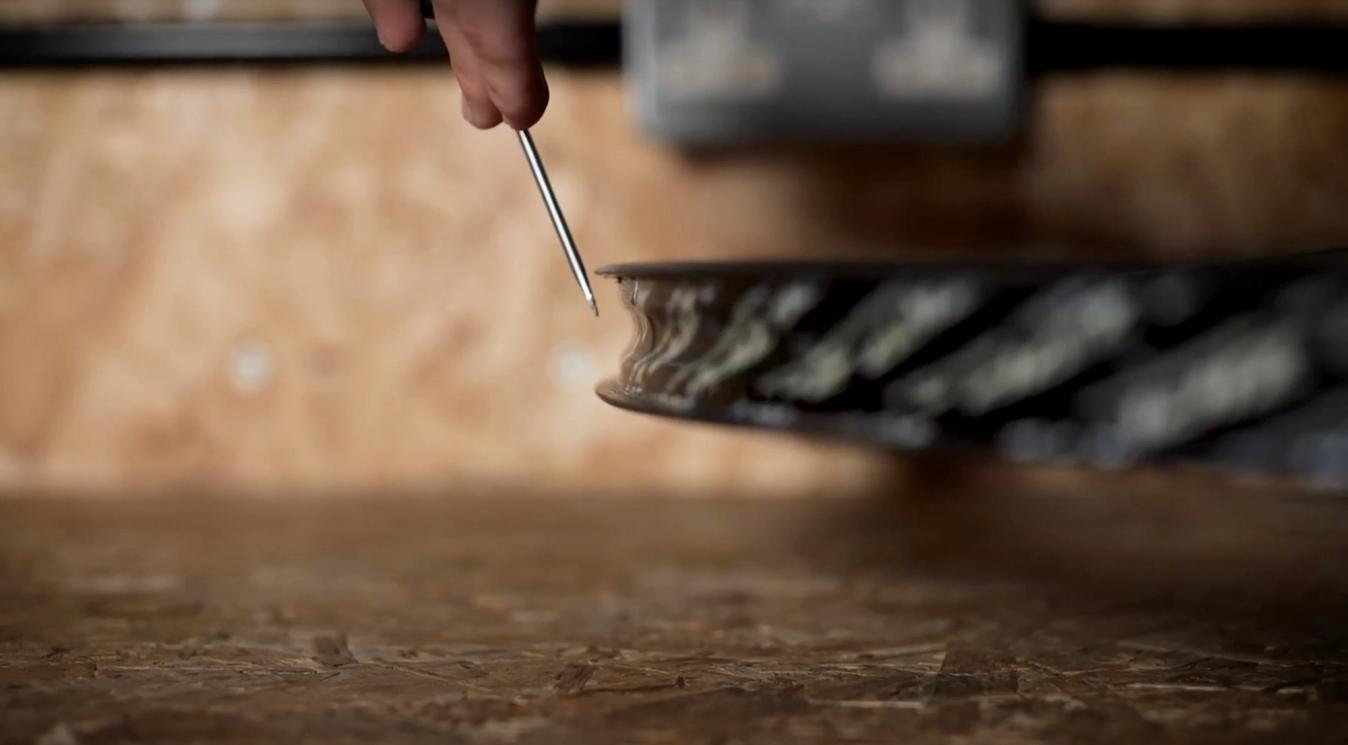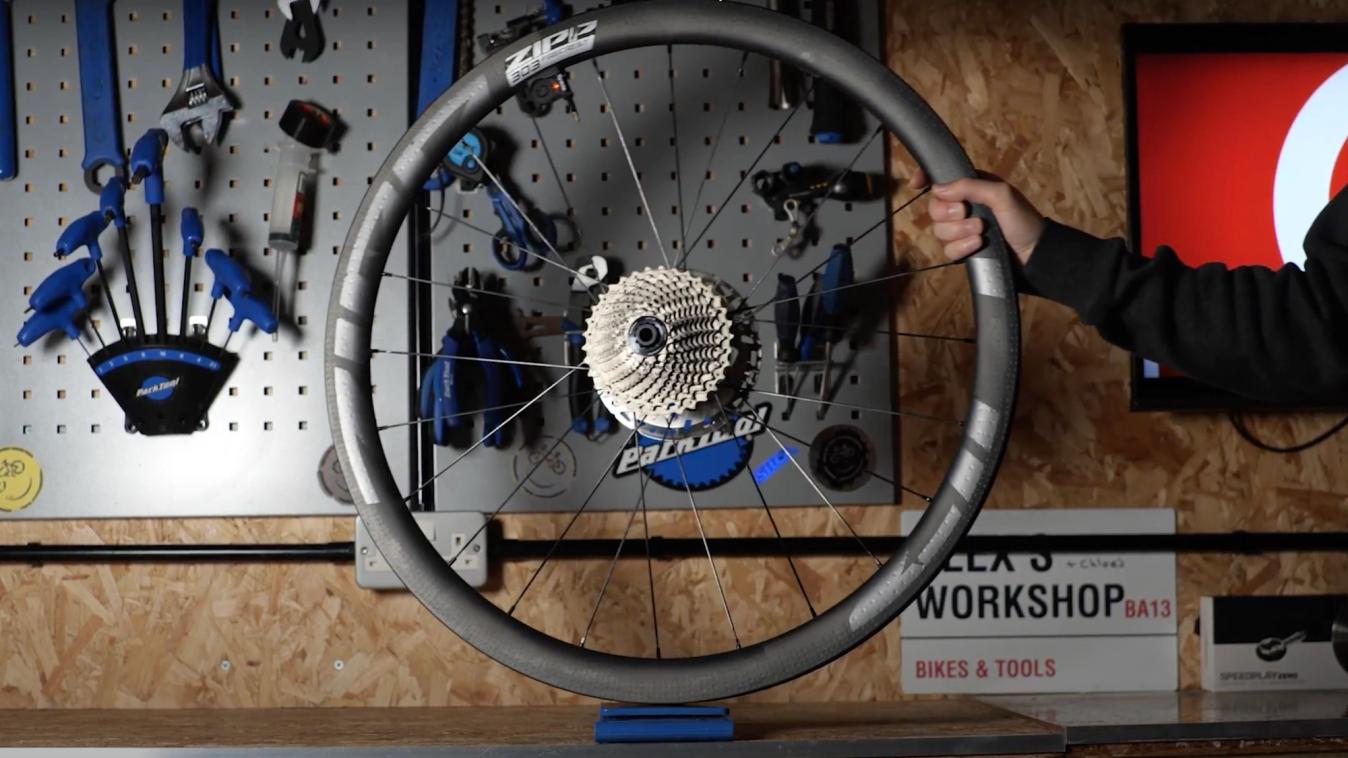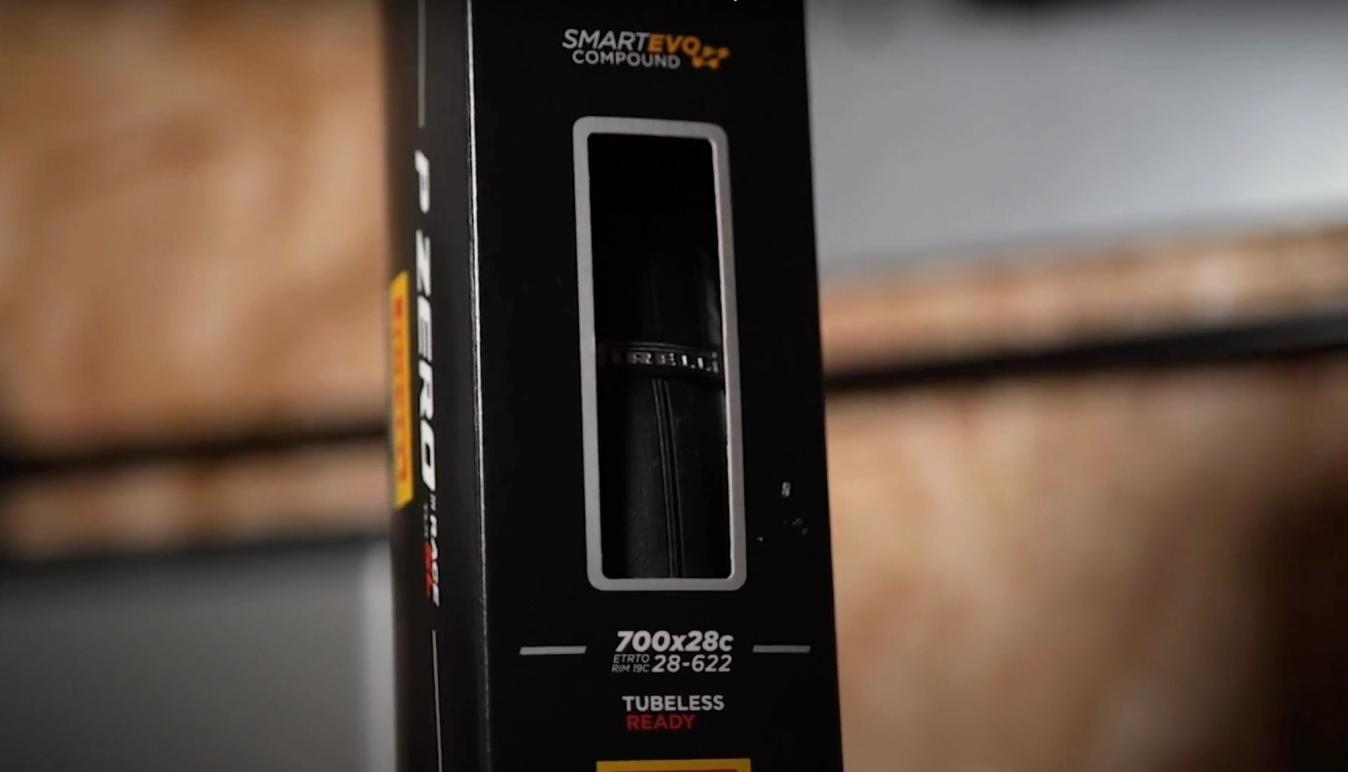What are hookless rims and should we all be using them?
We take a deeper dive into what exactly this technology means for us cyclists
Alex Hunt
Junior Tech Writer
Hookless rims are a new technology that you may have come across if you have recently spent any time looking at tubeless tyres and wheelsets.
The tech has risen to prominence since the widespread adoption of disc brakes has given more freedom on rim design. This is because the rim no longer needs to double up as a structure and a braking surface. With hookless rims becoming more and more popular, the question is: do we need hookless rims, and are they actually any better than traditional rims?
GCN's Alex Paton recently took a deep-dive into the technology, so here's everything you need to know about hookless rims.
Read more: Complete guide to road cycling tyres
What is a hookless rim?
A hookless rim refers to the internal area that the tyre mounts to. On a traditional rim, there is a little hooked notch that runs around the outer circumference. It is this hook that the bead of the tyre interfaces with, holding the tyre to the rim.

© GCN
A hookless rim has a straight internal rim wall that omits the traditional hook that the tyre mounted on
As you might have guessed, hookless rims have gone without this internal profile and instead just have a straight surface right to the edge of the rim. This design can also be referred to as TSS or tubeless straight sight.
Read more: What’s the difference between cheap and expensive wheels?
Hookless systems have been developed for use with tubeless tyre systems. Although you can use an inner tube, you must use a tubeless and hookless compatible tyre.
What are the benefits of hookless rims?
Like any new technology, there is a reason hookless rims have been developed, and that's because they bring with them a few key advantages over traditional rims.
Weight
The biggest benefit that hookless wheels offer is a reduction in weight. Without the need for the inner hook the amount of material that is needed in the construction can be reduced, meaning the wheels can be lighter.

© GCN
Hookless wheels are lighter than a comparable hooked wheel as there is less material needed saving around 200 grams per pair
The savings on offer aren’t necessarily earth-shattering but you can expect to save around 200g for a wheelset when compared to an identical hooked alternative.
Aerodynamics
Believe it or not, hookless rims are in fact more aerodynamic than than their hooked cousins. Given that the difference between them is internal rather than external, this might seem like a stretch, but it's true. A hookless rim creates a smoother transition between the tyre and the wheel, which means air can flow across the tyre and wheel without as much disturbance, thereby reducing aerodynamic drag.
Rim strength
There are fewer design constraints for hookless rims, which means manufacturers can make them with a greater material density. This means that the wall of a hookless rim will be stronger than the wall of a comparable hooked rim.
Read more: What will it take to break carbon wheels?
For gravel riding, this is great. When riding gravel, there's a higher chance of dinging a rim on a rock or obstacle, so having some added strength to protect the rim is only a good thing.
Cost of manufacture
Hookless rims have simple, straight walls, which makes them easier and quicker to produce. This makes them cheaper to produce, and that means that they end up costing less for us. In fact, we'd say that it was in part the advent of the hookless rim that has helped reduce the price of carbon rims on the market today.
Comfort
It's marginal, but there's a small comfort increase to be had over hooked rims. Getting rid of the internal hook allows the tyre to sit that little bit wider, which allows the tyre to absorb more vibrations from the road surface and dampen them out. This has the effect of improving the rider's comfort whilst riding.
What are the disadvantages of using a hookless system?
Those are the advantages, but like most new innovations, there are also a few things that can be drawbacks for some riders when it comes to hookless rims.
Tyre security
The biggest concern people have around hookless rims is tyre security. With a traditional hooked rim, the bead of the tyre is mechanically held in place with the hook. With this removed, the tensile strength of the tyre bead is the only thing stopping the tyre bead popping off.
This is where the ETRTO (European Tyre and Rim Technical Organisation) comes in. The ETRTO has conducted extensive research into the safety of hookless wheel designs and has specified that a maximum tyre pressure of 73psi should not be exceeded.
If you use hookless tyres within that maximum pressure, you needn't worry about tyre security.

© GCN
The most important thing with a hookless system is that a hookless compatible tyre is used
Tyre choice
To use hookless rims, you need hookless-specific tyres. For the time being at least, this will mean you have fewer choices than with regular clincher or tubeless wheel and tyre systems. Now, most brands will now offer their most popular tyres in a hookless variation, but if you want narrow tyres you might be out of luck, as most hookless tyres start at 28mm wide and go up from there.
Pressure
The ETRTO maximum pressure limit of 73psi can seem limiting. Many of us out there run our tyres at well above this figure so going to hookless would mean that we would have to run softer tyres than we would like.
Read more: The huge problem with modern tyres and wheels
That might seem like a bad thing, but the fact is that in most cases, using less than 73psi will be faster than using higher pressures, like we did a few years ago.
Only in the past couple of years have the scientific community really started looking into tyre pressure. For a long time, high pressure was just accepted as faster. In fact, in most cases it leads to increased rolling resistance, due to vibrational losses.
Most tyre manufacturers have a tyre pressure calculator on their website that accounts for variables such as tyre width, rim width, bike weight, and rider weight.
Read more: What tyre pressure should I be using and why?
Using Zipp's calculator for example, we can see that on 28mm tyres with a 23mm rim and a 9kg bike, the rider would need to weigh 110kg before 73psi is no longer an appropriate tyre pressure to use. In this case, the solution would be to simply increase your tyre width to the next size which would compensate enough for the pressure to be appropriate.

© GCN
73psi has been agreed through extensive research to be the upper limit for hookless systems to be used safely
Hookless rims: a new and beneficial advantage with trade-offs
Hookless rims offer measurable benefits across the board when compared to a hooked variant. The changes in design constraints allow them to be stronger, lighter, and cheaper, and if used correctly, they are perfectly safe. The trade-off is in the choice of tyres available to you. Until hookless is more widely adopted in the road community, you are going to have a bit less choice than you might be used to.
Do you use hookless rims already or are you still skeptical about them? Share your thoughts in the comments section below.








.jpg?w=600&auto=format)


